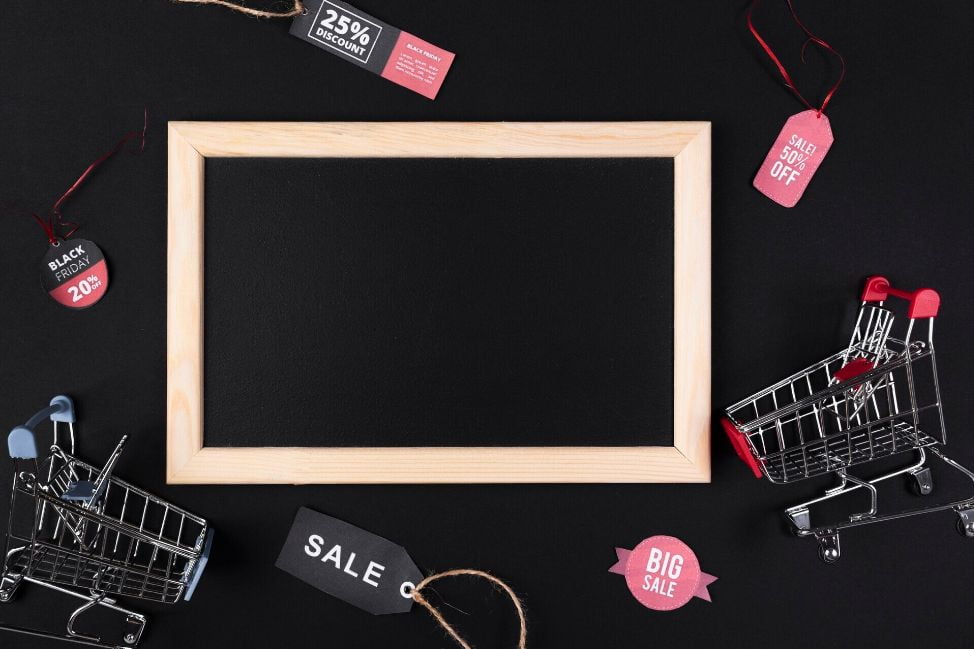B2B brands need eCommerce software just as much as consumer stores. Wholesale portal and resellers, for example, are critical members of the commerce ecosystem. For one, they supply the products that power B2C stores.
Business-to-business companies have their own category because they serve a market of for-profit (and non-profit) organizations, rather than individual consumers. Wholesale websites and resellers are just two categories under the B2B umbrella; many B2B organizations sell services rather than physical goods.
Segmentation with Customer Groups and Profiles

In B2C, customers are generally treated equally. But wholesalers deal in larger orders that vary from customer to customer. As a result, a B2B eCommerce portal needs strict group designations for segmenting clients.
B2B companies should be able to classify customers into groups. This allows businesses to set pricing, minimum order requirements and group-specific content (like promotions, shipping and payment options) for each segment.
You should be able to group your B2B customers based on their profiles, including
- Geographical location
- Order volume
- Catalog selection
- Reorder frequency
- Quantity of products ordered
And by segmenting them into specific customer groups, their shopping cart experience should be customized according to their profile selections. Thus, filtering the website content, pricing, and payment and delivery options available to them.
Customer Specific Catalog and Pricing
B2B organizations can sell at different prices based on the customer type or, as mentioned above, the customer group. And while you only segment the customers to personalize the shopping experience, you’ll find very often the need to offer “special” product pricing to your more demanding clients. This shouldn’t be confused with competitive pricing. That’s a completely different strategy.
The ability to set different base prices for any product in your catalog and assign these to specific customer groups is the core of a B2B eCommerce website. Because it will make the difference between your clients completing their orders online or continuing to reach out via phone or email to get their orders fulfilled.
Speaking of a fundemental feature of a B2B eCommerce portal, it would be a mistake if we do not mention B2B products by Grit Global.

If this part is diffucult to understand, have a look at Grit Global. A Magento b2b platform that offers you multiple channels, flexibility in creating customizing catalogs, prices as well as Comprehensive Inventory Management Features. You will not have to worry and do tasks on your own with this genius invention.
Right with the ability to provide customer-specific pricing is the need to have a customer-specific product catalog. For B2B clients needing a completely unique setup of products, or a pricing structure so unique that cannot be built into the existing products, you’ll want your eCommerce website to allow creating products that are only available to specific customers.
This also allows your business to explore listing a personalized product catalog for larger clients, for example, corporate uniforms or apparel can require listing products with the logo of your client instead of the generic version of the product.
Volume Purchase and Bulk Discounts
B2B shoppers usually buy products in bulk. While you list your products as cases, packs or pallets, you might still want to offer additional discounts tiers based on the total existing quantity. Your eCommerce platforms must include a way to accommodate quantity thresholds that allow offering bulk discounts.
If you expect the quantity discounts to work along with the customer-specific price levels, then you might also expect to be able to specify different tiers for the discounts based on the customer groups assigned to your client base.
Restricted Access

In many cases, you’ll want to restrict access to your website, allowing only pre-registered clients to access products and content.
Look for built-in functionality in your eCommerce platform to set up an entire password-protected website, requiring customers to register before they can access it.
On a more granular level, merchants can control their main site’s visibility with features that empower you to hide products and prices or block purchases for unregistered visitors.
Minimum Order Quantity
A Minimum Order Quantity (MOQ) requirement specifies the lowest quantity of a certain product that the store is willing to sell. If the shopper cannot reach the MOQ requirement, then they cannot place the order.
This is common on wholesale websites, where typically it requires a certain quantity per product to be able to place an order. The eCommerce platform should allow B2B merchants to set minimum order quantities per product.
Your business might also require similar features like,
- Minimum Order Amount to complete an order.
- Maximum Order Quantity per product.
- Specific quantity multiples for products sold in packs, cases, etc.
Launching a B2B eCommerce website will require your company to make changes. You’ll need to think differently about customer relationships. You’ll need to invest time and money, and you’ll need to choose the right eCommerce platform for your business.
This article should have provided a basic understanding of the essential B2B eCommerce features you’ll want for your site. Now, don’t waste time, get your B2B eCommerce portal going.








